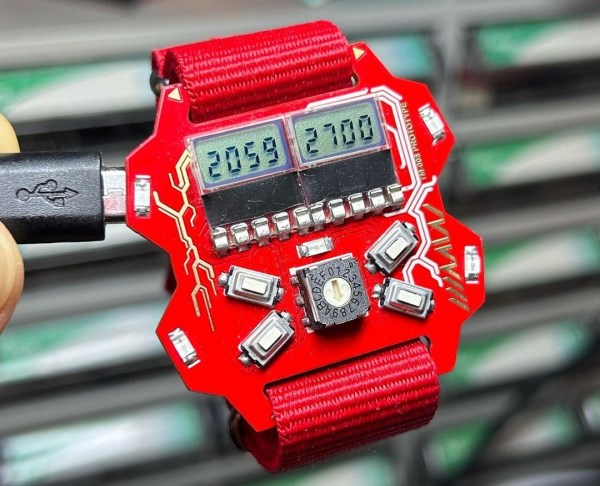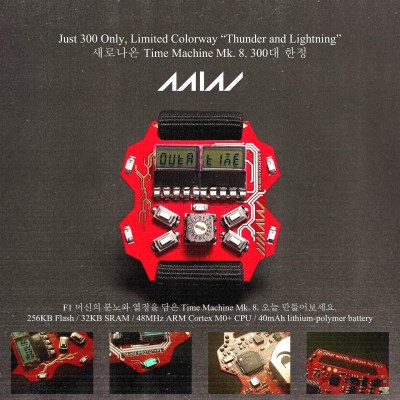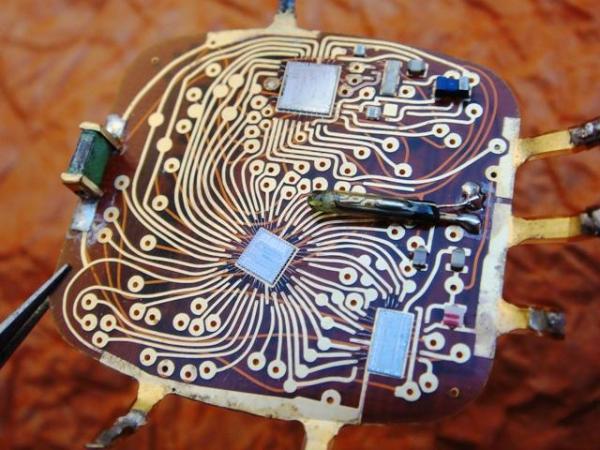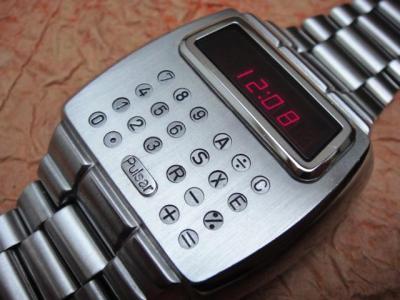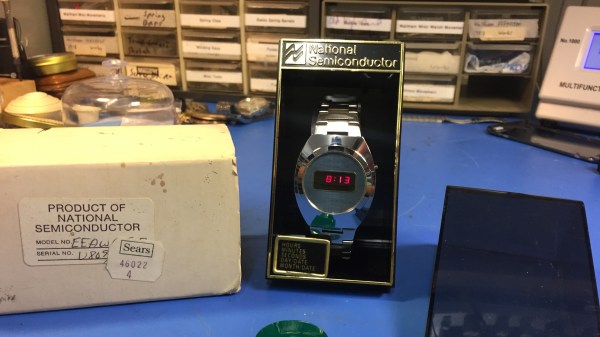If you were at OpenSauce, you may have seen new Youtuber [Sahko] waltzing about with a retrofuturistic peice of jewelery that revealed itself as a very cool watch. If you weren’t, he’s his very first video on YouTube detailing the design and construction of this piece. We’ve embedded it below, and it’s worth a watch. (Pun intended, as always.)
The build was inspired by the delightful amber LED dot-matrix display modules that circle the band of the watch. They go by HCMS2901, but [Sahko] recommends using the HCMS3901 as it’s both more 3.3V-tolerant and easier to find now. A challenge in mounting so many displays was the voltage on the supply rail dropping below the logic level; presumably the newer version does not have this problem to the same degree. Either way we love the look of these little displays and are pondering projects of our own that might include them.
He’s got quite a few wrapped around his wrist, so at full brightness, all these displays draw one amp. That explains why like the LED watches of the 1970s, the default state of the displays is “OFF”. Even with a LiPo pouch salvaged from a disposable vape, the runtime would only be half an hour at full brightness without that periodicity. Luckily [Sahko] included buttons on the band of the watch to activate it and control the brightness so it isn’t always blasting at full. There are also different modes available, including a really cool waterfall effect you can see in the video.
The band is an interesting choice, too: it’s just a flex PCB. There’s nothing backing it, aside from its own stiffeners, which makes us very curious how well this watch would hold up to daily use. There’s no clasp in the traditional sense, either: the band is closed by a 4-pin connector that doubles as both charge and the USB programmer for the stm32u08 microcontroller that runs the displays. Conveniently for a watch, this version of the stm32 has an RTC, so it keeps time as well. We dig the minimalism of this design; it’s a great contrast to the maximalism of wrapping your wrist in displays.
We’ve seen very similar displays on an edge-viewed watch, but a tiny amber LED matrix never gets old. If you wrapping your wrist in all those tiny LEDs is too impractically power-hungry, try using Nixie tubes.
We’re always watching for projects– wrist mounted clocks or otherwise– so if you’ve got the time, please drop us a tip.
Continue reading “Flex PCB Underlies The Watch Of The Future”


